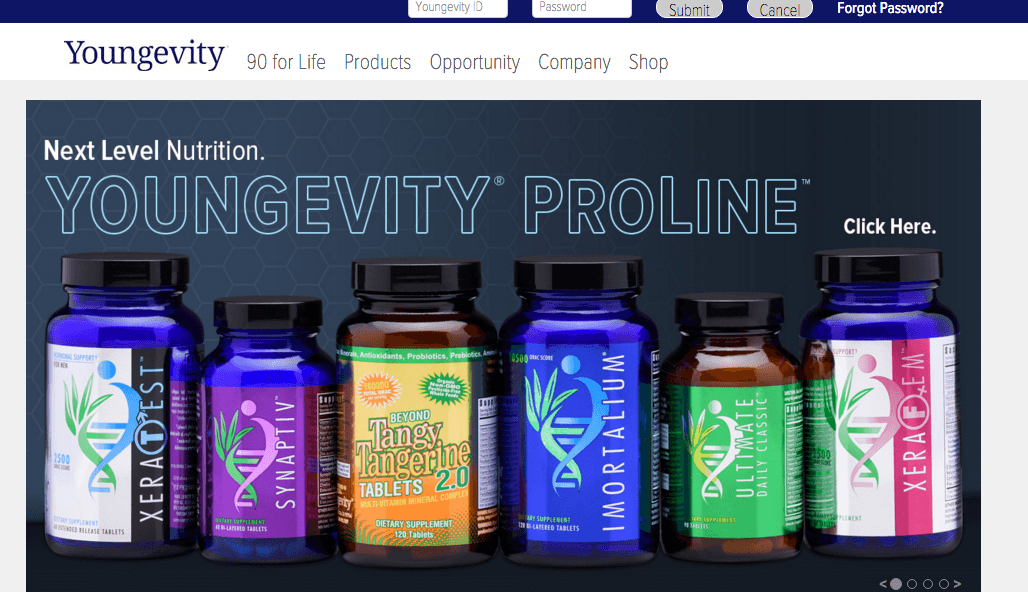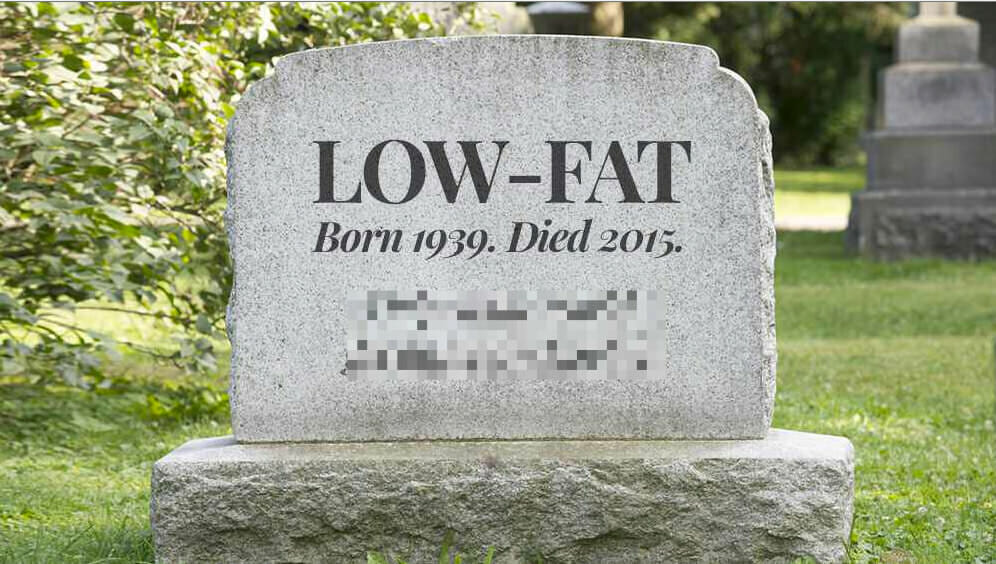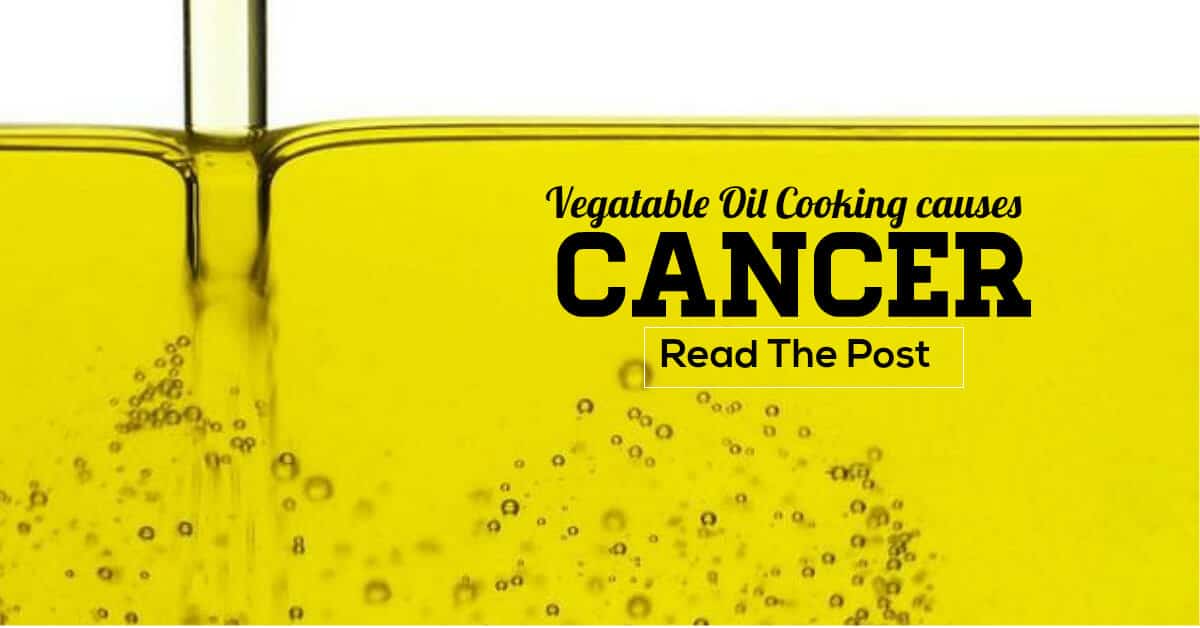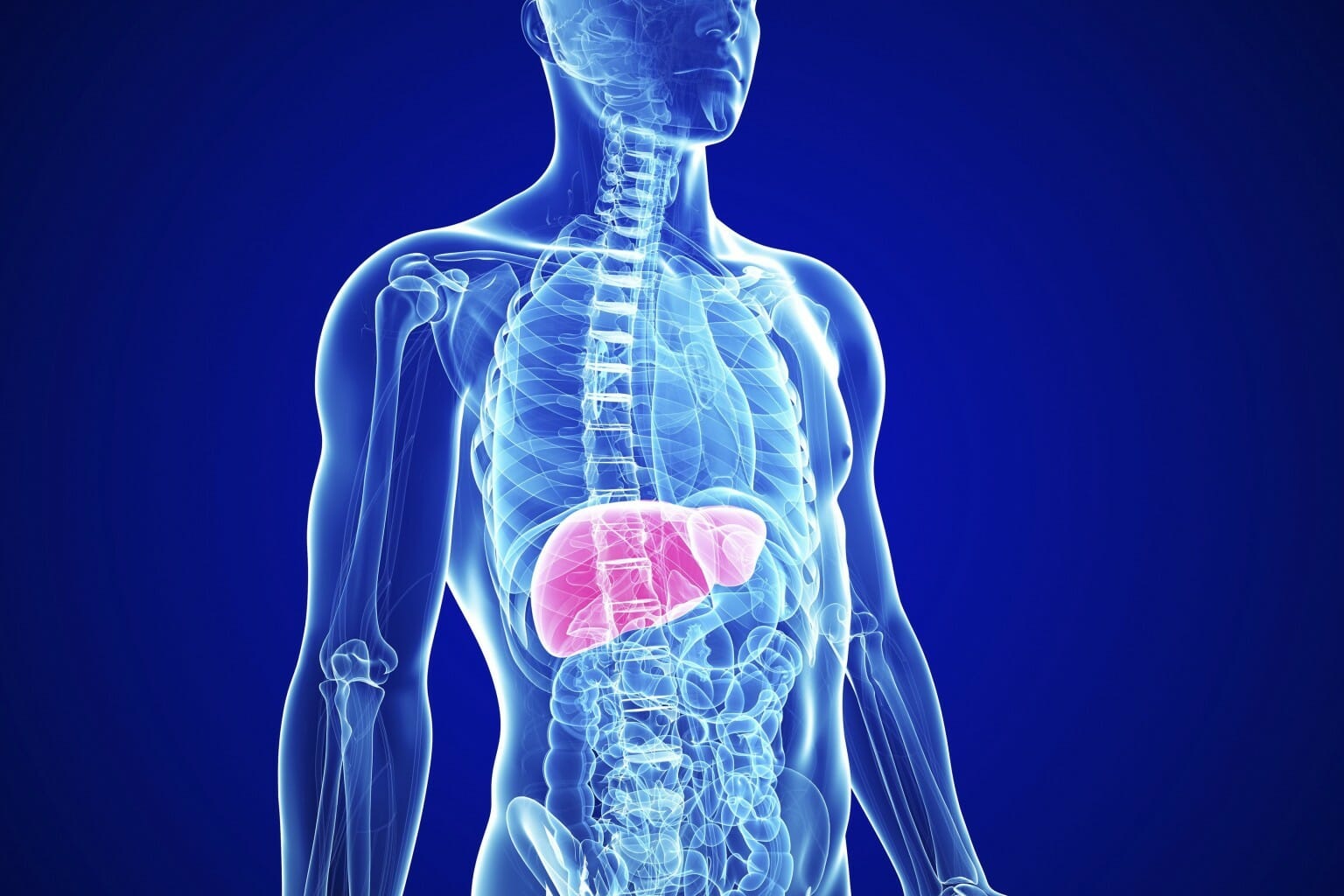Do you feel tired and run down, like your diet may be missing the important vitamins and minerals your body so desperately needs? These days, there seems to be an overwhelming amount of information telling us what we should eat and drink.
However, it can be hard to actually put a whole balanced diet into action amidst busy modern day life. Multivitamins or health supplements are a convenient solution as all the vitamins and minerals are combined into one handy, convenient formula. If, however, you find yourself asking which supplement is the best to take, we may just have found the answer! Meet Beyond Tangy Tangerine.
What is Beyond Tangy Tangerine?
Beyond Tangy Tangerine is a complete multi-vitamin mineral complex which comes in an easily dissolving powder. It contains amino acids, plant-derived minerals (Majestic Earth), vitamins, nutrients, and 115 fruits and vegetables. This combination makes for a balanced supplement suitable for daily use. The zingy tangerine tasting formula is sure to keep you coming back! Additionally, it is gluten-free, has no artificial sweeteners or preservatives, is glycemic-friendly, and helps promote healthy blood sugar levels. What does this nutrient-packed supplement do for your body?
The benefits of tangy are too numerous to list in just one post. Here are 5 of the many major benefits:
#1 Promotes Cardiovascular Health
If you are eating a healthy diet, getting the nutrients your body needs, and enjoying regular exercise, you have the best chance of optimum cardiovascular health. This means your heart and blood vessels are as healthy as can be, which in turn benefits the organs that are dependent on a strong blood supply. Cardiovascular disease includes heart failure, stroke, peripheral vascular disease, and coronary heart disease which can be caused by a build-up of fat and cholesterol. Tangy tangerine contains the vitamins and nutrients you need to fulfill the healthy diet part of the equation, thus helping to promote cardiovascular health.
#2 Natural Antioxidant
Free-radicals or cellular byproducts can cause damage to our cellular structures and this damage can cause health problems, including diabetes, cancer, and heart disease. Antioxidants can, therefore, be very good for us because they help to neutralize free-radicals. Experts also think that antioxidants can help slow down the aging process. Tangy Tangerine contains natural antioxidants which will greatly assist in combatting those pesky free-radicals.
#3 Supports a Strong Immune System
Your immune system is your body’s way of fighting off disease-causing micro-organisms. To function well, your body needs to be supplied with nutrient dense foods, a balanced diet, and adequate rest. People that do not get the proper nutrients will have a weaker immune system and will be more susceptible to coughs and colds. Vitamins needed for a healthy immune system include selenium, vitamin A, B2, B6, C, D, E, and zinc, all of which are included in Tangy Tangerine’s dietary supplement.
#4 Healthy Digestive System
A healthy diet that includes foods rich in fiber is essential for a healthy digestive system. We need to consume whole grains, cereals, fruit, and vegetables to encourage matter to pass comfortably through our systems. Tangy Tangerine builds on a foundation of Youngevity’s famous Beyond Juice Fruit and Veggie formulas, with added nutrients, and contains no starch, wheat or yeast, all of which is great news for your digestive system. The aforementioned Majestic Earth plant derived minerals, vitamins, amino acids and 115 fruits and vegetables also help to give your digestive system the boost that it needs.
#5 Promotes Stable Blood Sugar Levels
Lastly, Tangy Tangerine can help to maintain balanced blood sugar levels. This is crucial to health as high levels of blood sugar can cause damage to the lining of the blood vessels and can lead to a number of degenerative diseases. If on the other hand, blood sugar levels are too low, the stress hormone cortisol is released – which can make you feel tired, irritable, light-headed, and make you crave high glycemic carbohydrates. Stable blood sugar levels keep hormones in check and allows healthy weight loss to take place.
Reclaim Your Health!
If you want to give your health a boost, the Beyond Tangy Tangerine has been formulated with the vitamins and minerals you need to promote overall wellbeing. The low glycemic formula can help with these 5 aspects of health and more! The tasty powder is easy to dissolve and you can even get it in convenient single serving packs to take on-the-go. Say hello to health with this tasty supplement!











